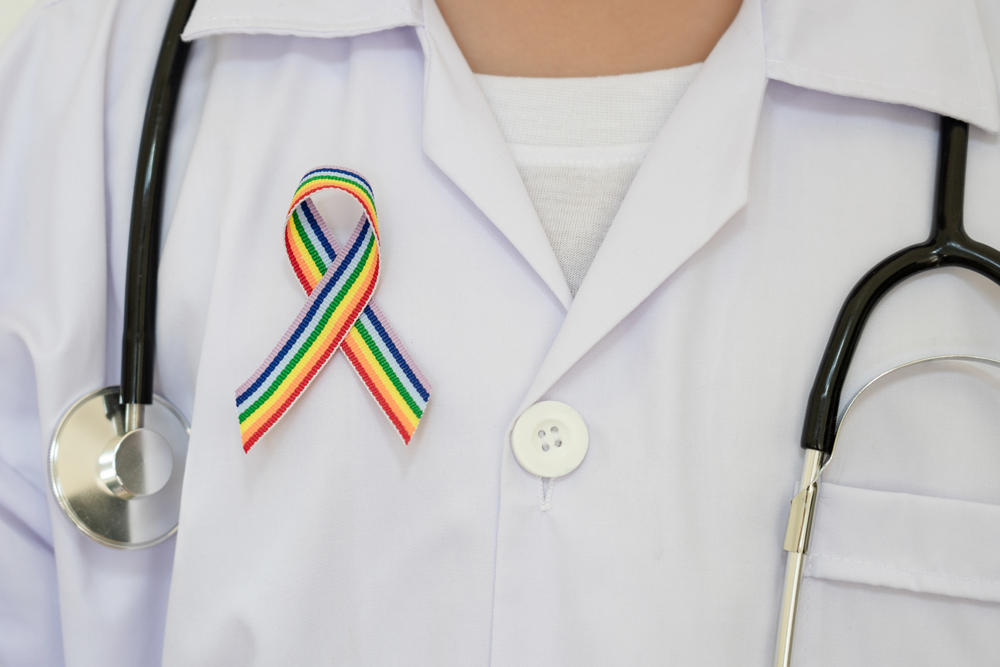June is an opportune month to shed light on the health concerns members of the LGBTQIA+ population may experience, especially youth. Today, I want to discuss how healthcare organizations can support the LGBTQIA+ community, both this month and beyond. I also want to show how the Lightbeam platform can identify LGBTQIA+ individuals in need of outreach.
Significant Health Risks for LGBTQIA+ Youth and Adults
Statistics compiled by Healthy People 2020 revealed a greater prevalence of many health risks, including mental illnesses like depression, for LGBTQIA+ individuals. Devastatingly, LGBTQIA+ youth are two to three times more likely to attempt suicide and are more likely to experience homelessness at some point in life.
Adult members of the LGBTQIA+ community rarely have things easy, either. They face many harmful health risks, including:
- A higher risk of HIV, AIDS, and sexually transmitted illness (STI)
- A greater likelihood of being victimized or bullied, both publicly and domestically
- A higher risk of cardiovascular diseases
- A greater likelihood of experiencing obesity
- A high probability of alcoholism, illicit drug use, and tobacco use
- A lesser likelihood of receiving preventative services
- Lower compliance with recommended cancer screenings prescribed for their assigned genders
Protection for LGBTQIA+ Patients Under the Affordable Care Act (ACA)
The Affordable Care Act greatly expanded patient coverage options, payment assistance, and anti-discriminatory clauses. When the Affordable Care Act was updated in 2016, these provisions were echoed. While some commercial plans have not implemented them, the Centers for Medicare & Medicaid Services (CMS) now covers medically necessary hormone therapy, gender affirmation surgeries, and routine preventive care, regardless of gender. In addition, CMS now allows for procedure approval rather than a denial that then must be appealed.
The Joint Commission recommends gender identity be routinely collected in healthcare settings as key to ensuring quality care. Even so, many providers do not do so routinely. To quote the Centers for Disease Control and Prevention (CDC), “Without this information, lesbian, gay, bisexual, and transgender (LGBT) patients and their specific health care needs cannot be identified, the health disparities they experience cannot be addressed, and important health care services may not be delivered.”
How Clinical Professionals Can Show Understanding and Care
While the LGBTQIA+ community may not be a large population, it is vital to create a safe and welcoming environment for all. Becoming aware of resources specifically designed for LGBTQIA+ individuals in your area and performing services like informed referrals will demonstrate that you care enough to become informed about each patient’s particular needs. The quality of your interaction can significantly affect someone’s health and, potentially, their life.
Nurse.org has an extensive list of ways to present culturally competent healthcare for LGBTQIA+ patients. Beyond deepening personal knowledge and awareness, they encourage clinical staff to use inclusive, gender-neutral language and ask open-ended questions like “Is there anything else that would help me ensure you get the most out of this visit?” Above all, it is critical to demonstrate respect and use the patient’s preferred name and pronouns.
How Lightbeam Demonstrates Inclusivity in Our Solutions
In the Lightbeam platform, we currently have Male, Female, Unknown, and Undifferentiated gender options for users to code patients. In addition, when care managers conduct assessments, the questions are configurable to use inclusive language. We can also create cohorts with all ICD-10 and procedure codes applicable to the LGBTQIA+ population. Care managers and physicians can also create social determinants of health (SDOH) assessments and cohorts with responses gathered from the built-in Protocol for Responding to and Assessing Patients’ Assets, Risks, and Experiences (PRAPARE) tool.
These capabilities and others allow organizations to develop customizable programs to address specific care gaps in LGBTQIA+ individuals. I encourage you to listen to the upcoming podcast for more information. Happy Pride!

Shelley Davis, MSN, RNC, CCM is Lightbeam’s VP of Clinical Strategy.
